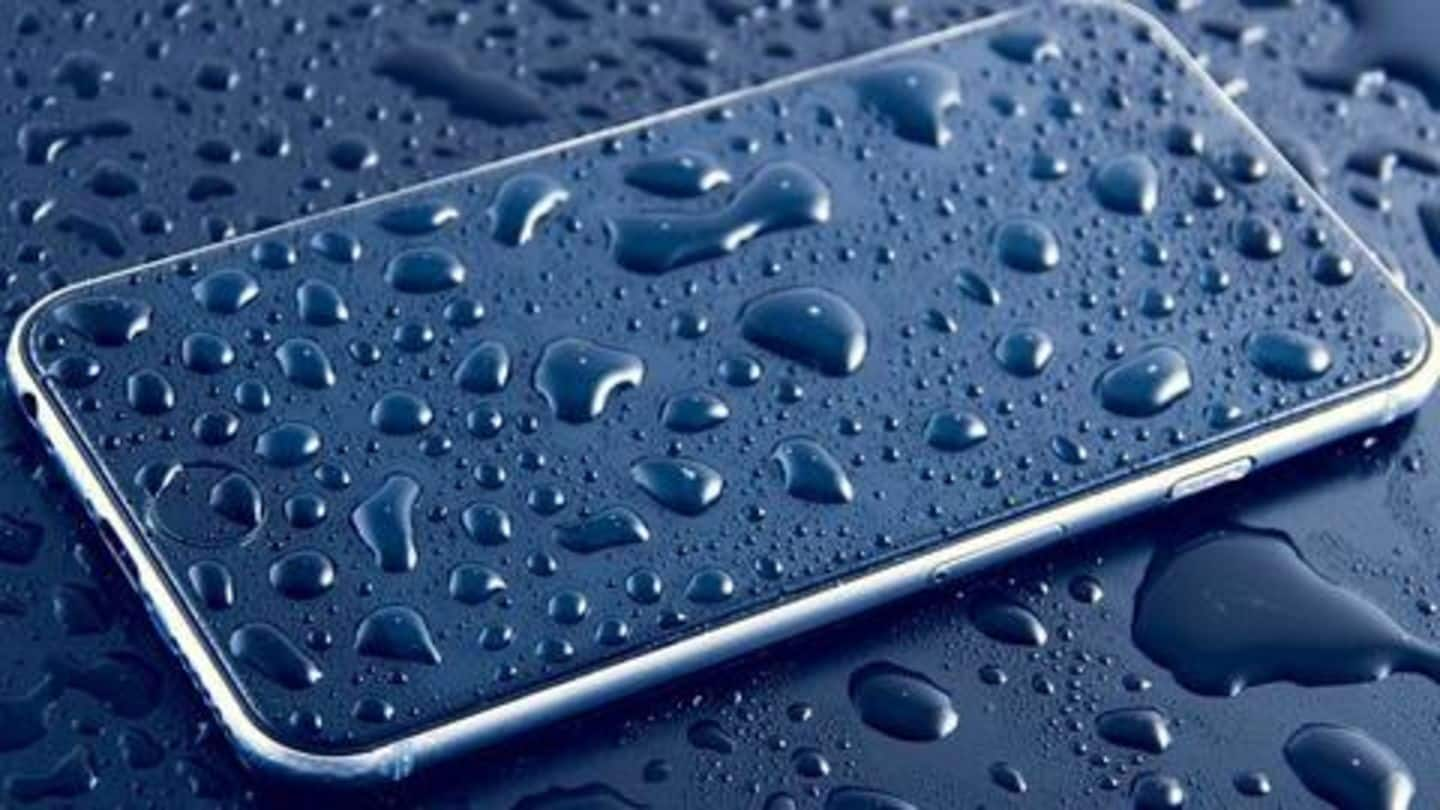
This tech could improve future iPhone's touch response in rain
What's the story
Apple appears to be working on a technology that could solve one of the most common problems witnessed by smartphone users - unintended touch input. The tech, as described in two separate patents, could filter out unintended touches, thus keeping responsiveness of devices - possibly future iPhones - up to the mark, even when it's raining. Here are the finer details.
The problem
Unintended touch responses during rains - A major problem
Though modern-day IP ratings protect smartphones from unexpected water splashes and rains, there's no denying that it is impossible to use a device in such conditions. Due to the presence of water, phones detect touches without human input and open random applications, which can be really annoying at times. They even fail to detect touch or quick swipes during rains.
Do you know?
Touch screens work by detecting change electric flow
Smartphones these days use capacitive displays, which detect changes in the flow of electric fields to recognize a touch and produce a response. Normally, this change is triggered by fingers or a stylus, but water droplets are also capable of doing the same.
Apple's tech
However, Apple's tech could solve the problem
To solve the issue, Apple appears to be working on a tech that would filter out touch inputs and determine whether they're unintended or not. According to the patents, published on October 25 and titled "Finger Tracking In Wet Environment," the tech will improve device performance in rains while reducing processing and power requirements at the same time.
Touch recognition
How touch inputs will be filtered?
The company, according to the patent, could achieve such recognition by integrating the display with multiple touch nodes. The nodes, positioned across the display or on the edges, could then collect data related to a touch event. They'll pass on the data to certain algorithms, which will analyze the characteristics of the touch and confirm whether it is intended or an effect of water.
Information
Then, the device will generate response
As and when human-intended touch is confirmed by the algorithm, the data will be forwarded for "computationally-intensive touch processing," which will ultimately generate a response for the user.
Application
Future use still remains unclear
Though a tech like this sounds interesting, there's no saying if Apple will actually implement such capabilities into future iPhones. The company files several patents every week and not all of them make it to the final consumer product. Notably, we have also seen patents detailing concepts, where an iPhone could detect hand gestures, even without physical touch.